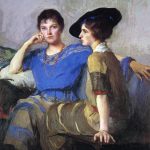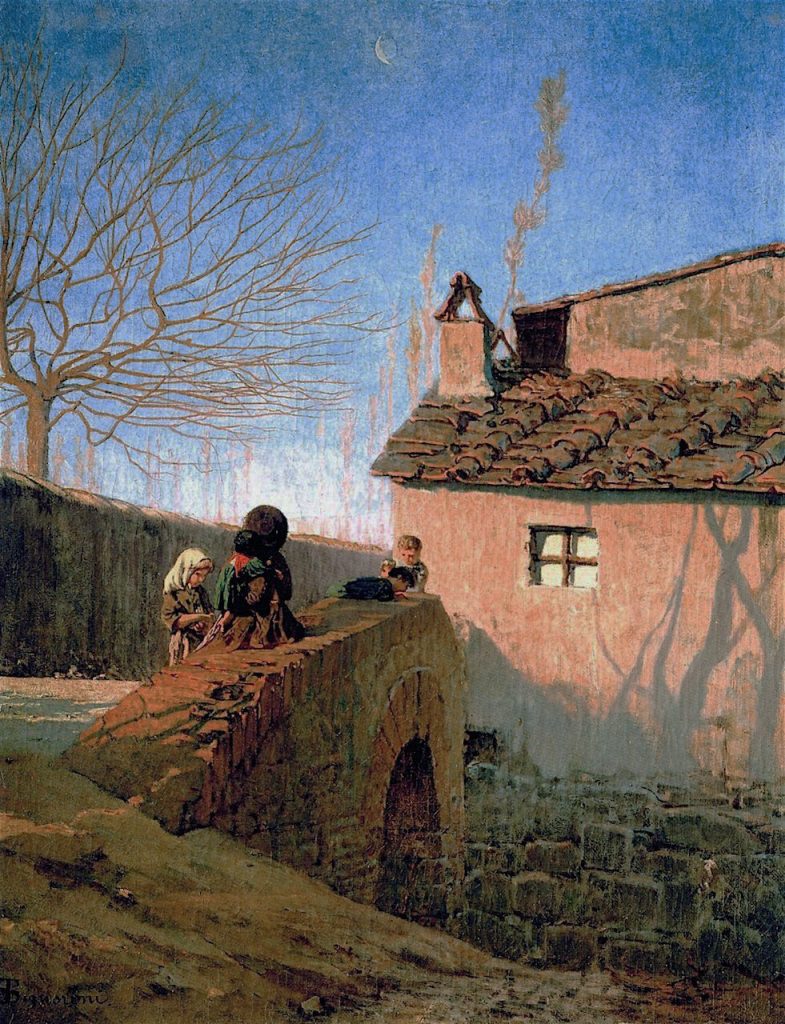
Telemaco Signorini (1835–1901) was an Italian painter and prominent figure in the artistic movement known as the Macchiaioli. Born on August 18, 1835, in Florence, Signorini played a crucial role in the development of this movement, which can be considered Italy’s version of Impressionism.
- Early Life and Education: Signorini came from a family of artists, and he began his artistic studies at the Florentine Academy of Fine Arts. He initially trained as a critic and journalist, contributing to the cultural and artistic debates of the time.
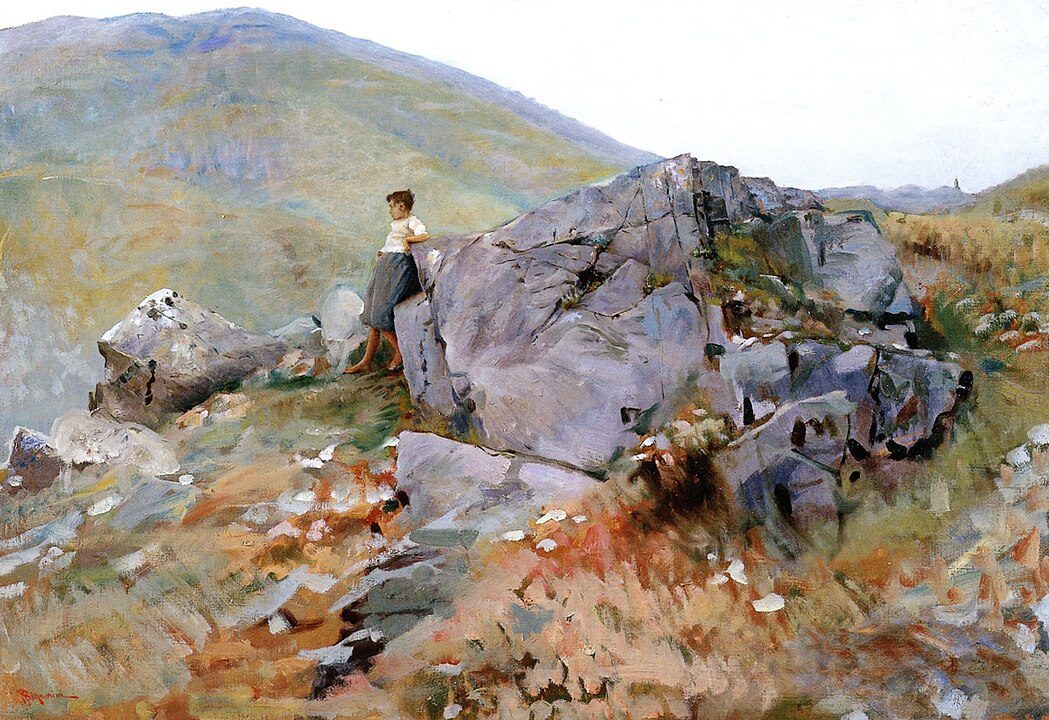
- The Macchiaioli Movement: The Macchiaioli, a group of Italian artists in the second half of the 19th century, rebelled against academic traditions and sought to capture the effects of light and atmosphere in their works. Signorini was one of the key figures in this movement, along with artists like Giovanni Fattori and Silvestro Lega.
- Artistic Style: Signorini’s painting style evolved over time. Initially influenced by Realism and the Barbizon School, he later embraced the principles of the Macchiaioli, emphasizing the use of “macchie” (patches or spots) of color to convey the effects of light and atmosphere.
- Subject Matter: Like other Macchiaioli artists, Signorini often painted scenes from everyday life, including landscapes, urban scenes, and portraits. His works captured the ordinary, providing a realistic and unromanticized view of the world.
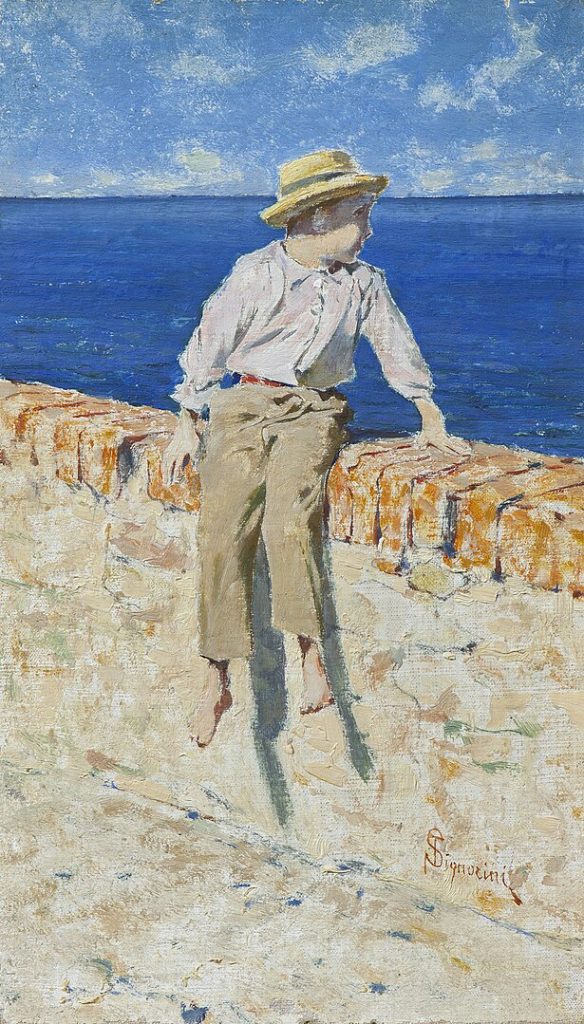
- Influence and Exhibitions: Signorini and the Macchiaioli were influential in the development of modern Italian art. They exhibited their works independently, challenging the academic norms. Signorini participated in important exhibitions, contributing to the visibility and recognition of the movement.
- Art Criticism: In addition to his career as a painter, Signorini was known for his critical writings on art. He used his position as a critic to advocate for the Macchiaioli and to contribute to the cultural discourse on art in Italy.
- Later Years: Signorini continued to paint and exhibit his works throughout his life. In his later years, he became more aligned with the Symbolist movement, exploring themes of mysticism and allegory in his paintings.
- Legacy: Telemaco Signorini’s contributions to the Macchiaioli movement and his role as both a painter and a critic have left a lasting impact on the history of Italian art. The Macchiaioli, while initially met with resistance, are now recognized as pioneers in the development of modern art in Italy.
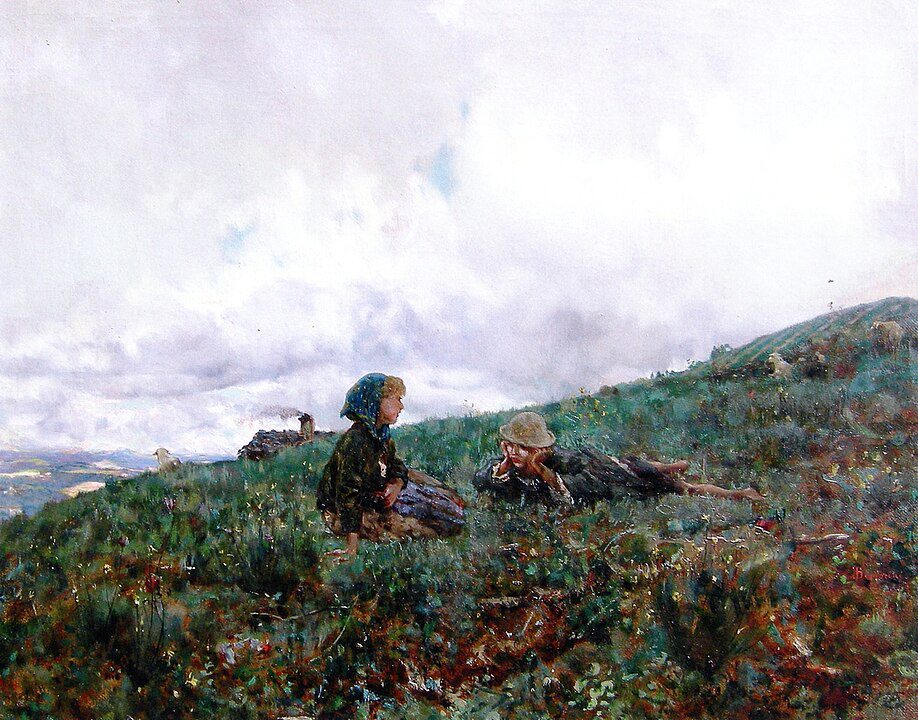
Telemaco Signorini passed away on February 1, 1901, in Florence, leaving behind a body of work that reflects his commitment to artistic innovation and realism.






